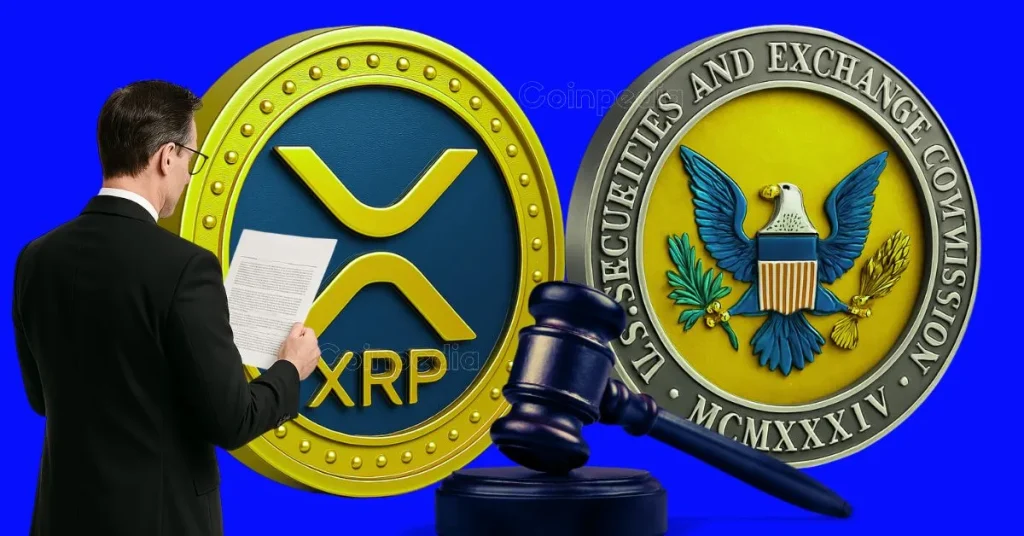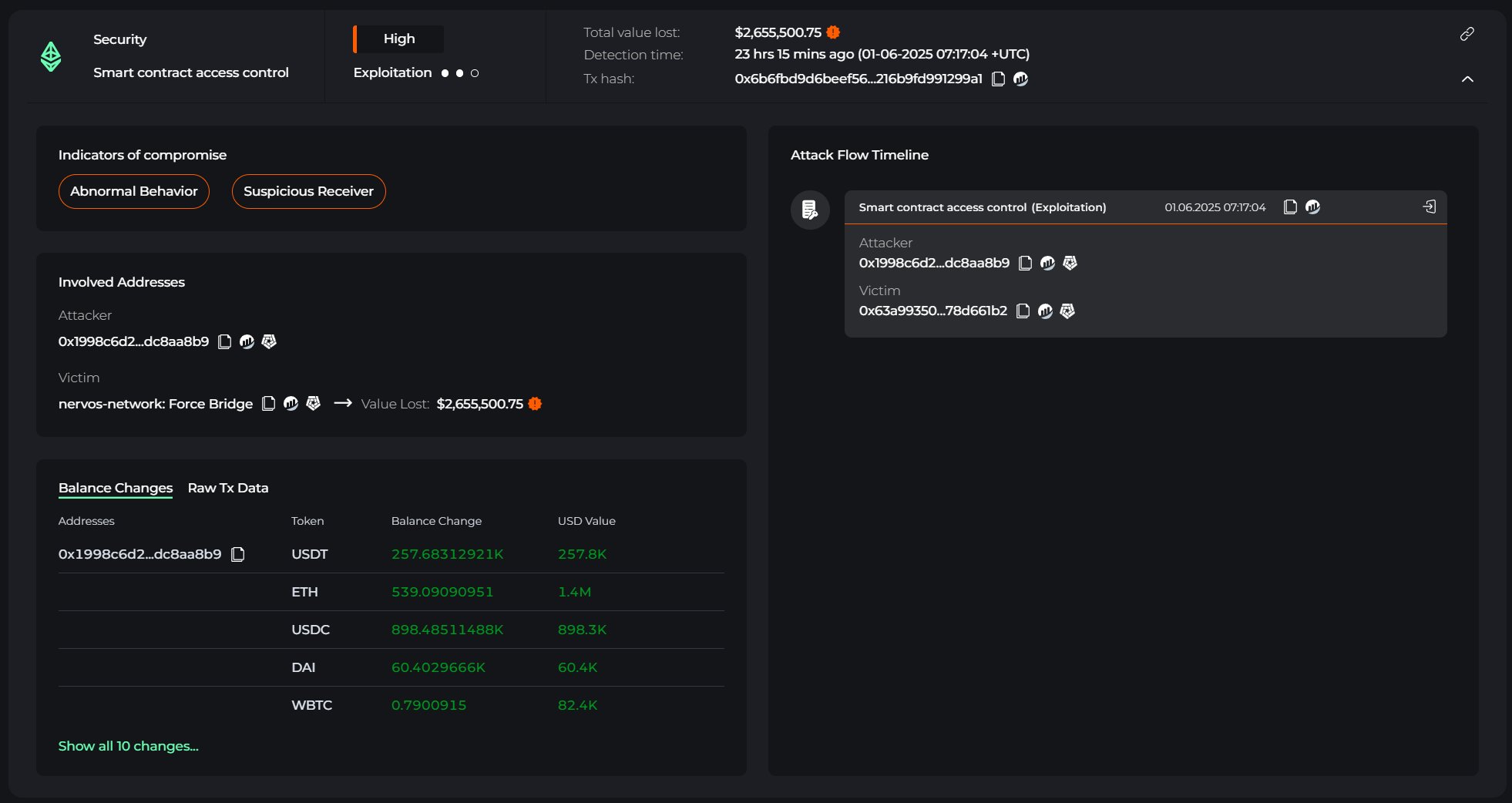
The post Ripple Lawsuit Update: Judge Denies Motion, New Timeline Revealed appeared first on Coinpedia Fintech News
There’s a big update in the Ripple vs SEC case. Judge Analisa Torres has officially rejected a request from both Ripple and the SEC. They had asked the court to allow them to move forward with a private settlement, hoping it would cancel out the court’s earlier judgment. But the judge made it clear that private deals don’t erase public court decisions.
In her ruling, Judge Torres explained that her judgment was made based on the law, and since those laws haven’t changed, there’s no reason for her decision to change either. She also pointed out that Ripple and the SEC don’t have the power to ignore a final court ruling. If they want to settle, they’ll need to either drop their appeals and accept her decision or continue through the appeal process.
Crypto attorney Fred Rispoli weighed in on social media, giving some insight into what might happen next. He said both sides have to submit a status report to the 2nd Circuit Court in August. That report will reveal whether they plan to move forward with the appeal, which could keep the case going until late 2026 or early 2027, or if they’ve reached a settlement.
According to Rispoli, settlement is the most likely outcome and expects we could hear about it by the end of July or early August this year. For now, everyone’s waiting to see what the next move will be in this closely watched legal battle.
Attorney Bill Morgan also took to social media and wrote, “But as the judge points out the parties can just agree to settle by withdrawing the appeals. As I said in a post a few hours ago they could’ve done that any time over the last two months but Ripple wanted more. It wanted the injunction dissolved.”



 (@FilanLaw)
(@FilanLaw) 






